Home>Garden Essentials>What To Do With Wet Bird Seed
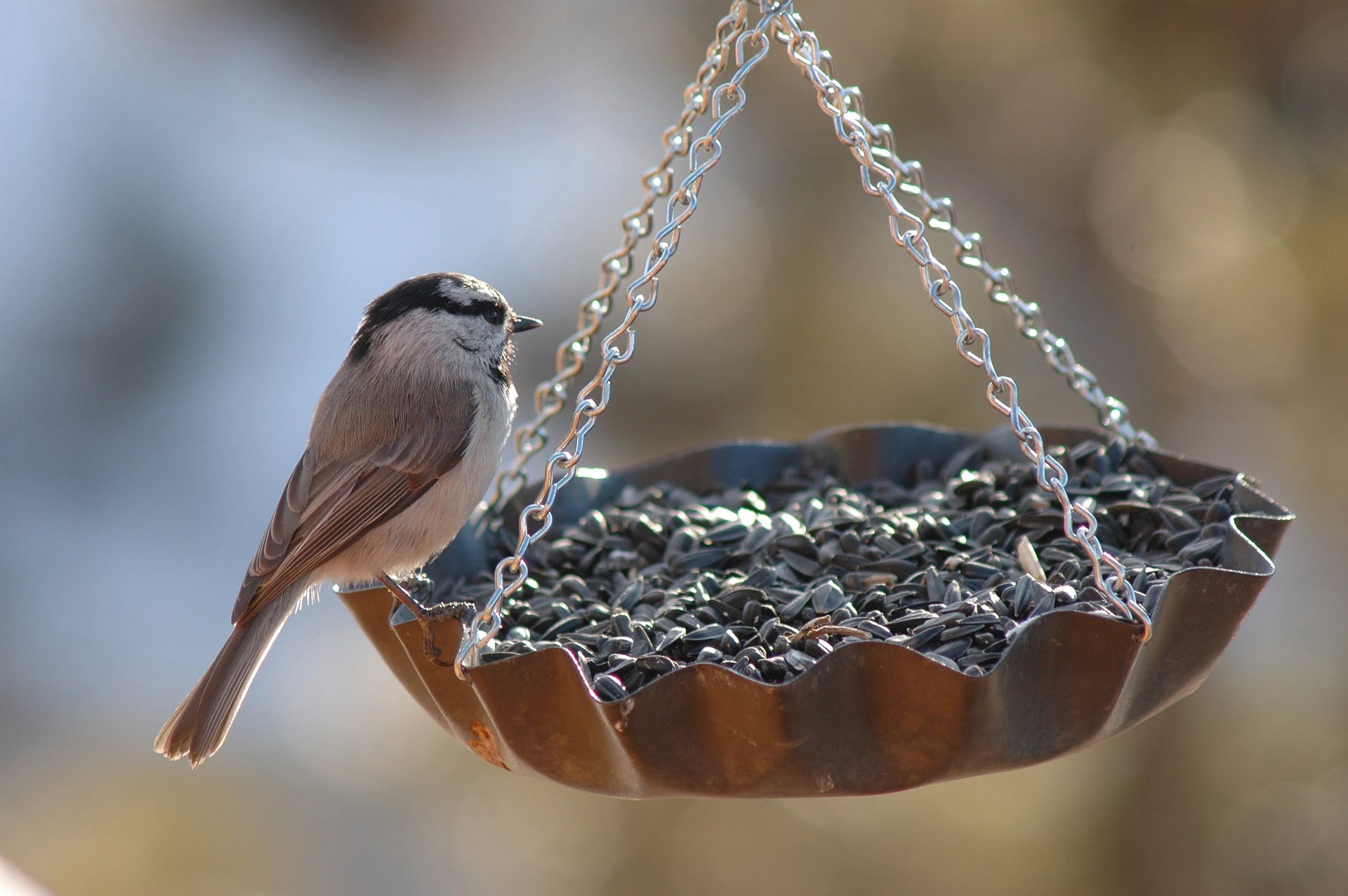

Garden Essentials
What To Do With Wet Bird Seed
Modified: March 15, 2024
Discover the best tips for using wet bird seed in your garden and attract a variety of colorful feathered visitors. Enhance your garden with this creative solution.
(Many of the links in this article redirect to a specific reviewed product. Your purchase of these products through affiliate links helps to generate commission for Storables.com, at no extra cost. Learn more)
Introduction
Welcome to the wonderful world of birding! Feeding birds can be a delightful and rewarding hobby, allowing you to observe a variety of colorful and fascinating feathered friends right in your own backyard. One of the most important aspects of bird feeding is ensuring that the food you provide is fresh and in good condition. However, even with the best intentions, accidents can happen, and your bird seed may get wet.
In this article, we will explore the importance of properly storing bird seed and discuss what to do when you find yourself with a bin or bag of wet bird seed. We will also share some effective methods for drying wet bird seed and provide tips on how to prevent it from getting wet in the future. So let’s dive in and learn how to handle this common issue with grace and efficiency!
Key Takeaways:
- Keep bird seed dry to maintain freshness, prevent pests, and save money. Store in airtight containers, in a cool, dry place, and clean regularly.
- If bird seed gets wet, dry it thoroughly before feeding birds. Spread it out, avoid direct sunlight, and use a fan to expedite drying.
Read more: What To Do If Dog Eats Bird Seed
Importance of Properly Storing Bird Seed
Properly storing bird seed is essential for maintaining its quality and ensuring the health and well-being of the birds that rely on it as a food source. Here are a few key reasons why proper storage is crucial:
- Freshness: Bird seed, like any other food, can spoil over time. It can become rancid or develop mold, making it unappealing and potentially harmful to birds. By storing your bird seed correctly, you can help preserve its freshness and nutritional value.
- Pest Control: Birds aren’t the only creatures attracted to bird seed. Rodents, insects, and other pests may also be lured by the scent and taste of bird feed. Storing your seed properly can help to prevent infestations and keep unwanted guests at bay.
- Cost-effectiveness: Buying bird seed can be an investment, especially if you opt for high-quality blends. By storing it properly, you can prevent waste and ensure that your seed lasts longer, saving you money in the long run.
- Preserving Seed Integrity: Different types of bird seed have specific storage requirements to maintain their integrity. Sunflower seeds, for example, can become rancid quickly if exposed to heat and humidity. By following proper storage guidelines, you can keep each type of seed in optimal condition.
To ensure that your bird seed stays fresh and appealing to your feathered visitors, keep it in a cool, dry place. Avoid storing it in areas with high humidity, as moisture can quickly lead to spoilage. Additionally, invest in airtight storage containers or resealable bags to protect the seed from pests and environmental factors.
By taking these simple steps, you can extend the shelf life of your bird seed and provide a safe and nourishing environment for the birds that visit your garden.
Steps to Take When Bird Seed Gets Wet
Discovering that your bird seed has gotten wet can be disheartening, but don’t worry – there are several steps you can take to salvage it. Follow these guidelines to ensure that your birds can still enjoy a nutritious meal:
- Remove the wet seed: Start by removing any wet bird seed from the feeder or storage container. Wet seed can quickly spoil and become a breeding ground for mold or bacteria, so it’s important to separate it from the dry seed as soon as possible.
- Dry the seed: Spread the wet seed on a clean, dry surface, such as a baking sheet or tray. Place it in a well-ventilated area, away from direct sunlight. Gently stir the seed every few hours to ensure even drying. Depending on the amount of moisture, it may take anywhere from a few hours to a couple of days for the seed to dry completely.
- Inspect for mold or spoilage: While drying the seed, carefully inspect it for any signs of mold, discoloration, or unusual odors. If you notice any of these signs, discard the affected seed as it may be harmful to birds.
- Store in a dry container: Once the seed is completely dry, transfer it to a clean, dry container or a resealable bag. Ensure that the container is airtight and free from any moisture or pests. Label the container with the date to keep track of the seed’s freshness.
- Monitor bird feeding habits: After putting out the dried seed, observe the feeding habits of the birds. If they seem reluctant to eat the dried seed, it may indicate that it has lost its appeal or freshness. In such cases, it may be best to dispose of the seed and provide a fresh supply.
Remember, birds rely on the seed as a vital source of nutrition, so it’s crucial to ensure its quality and freshness. By taking these steps, you can salvage wet bird seed and continue to provide a healthy and enticing meal for your feathered visitors.
Store wet bird seed in a dry, well-ventilated area to prevent mold growth. Spread it out on a tray and let it air dry before putting it back in the feeder.
Drying Wet Bird Seed
When bird seed gets wet, it’s important to dry it thoroughly before offering it to your feathered friends. Here are some effective methods for drying wet bird seed:
- Spread it out: If the quantity of wet bird seed is small, you can spread it out on a clean, dry surface such as a baking sheet or tray. Ensure that the seed is spread evenly to allow for maximum airflow and drying.
- Avoid direct sunlight: While drying the seed, keep it away from direct sunlight. Excessive heat from the sun can accelerate the growth of mold and may cause the seed to spoil. Choose a well-ventilated area that is shaded or indoors.
- Use a fan: Placing a fan near the drying area can help expedite the process by providing airflow and promoting evaporation. Ensure that the fan is set on a low or medium setting to avoid blowing the seeds away.
- Stir the seed: Every few hours, gently stir the seed to ensure that all sides are exposed to airflow. This helps prevent clumping and promotes even drying.
- Monitor for dryness: Depending on the amount of moisture and humidity level, it may take a few hours to a couple of days for the bird seed to dry completely. To test its dryness, take a handful of seeds and squeeze them. If they feel dry and no moisture is present, the seed is ready to be stored.
- Dispose of spoiled seed: While drying the bird seed, carefully inspect it for any signs of mold, foul odor, or discoloration. If there are any indications of spoilage, it’s important to dispose of the affected seed, as it may be harmful to the birds.
Remember, ensuring that the bird seed is completely dry is crucial to prevent mold or bacterial growth and to maintain its nutritional value. Taking the time to properly dry the seed will help ensure that it remains safe and appealing for the birds in your garden.
Preventing Bird Seed from Getting Wet in the Future
While it’s inevitable that accidents may happen and bird seed can get wet, there are preventive measures you can take to minimize the chances of it happening. Here are some tips to help you keep your bird seed dry:
- Choose the right storage container: Invest in airtight containers specifically designed for storing bird seed. These containers will keep out moisture, pests, and air, helping to maintain the freshness and quality of the seed.
- Store in a cool and dry place: Find a storage location that is cool, dry, and away from direct sunlight. Heat and humidity can accelerate spoilage and mold growth, so avoid storing bird seed in areas like basements or garages that may be prone to moisture.
- Keep the storage area clean: Regularly clean the storage container or bin to remove any debris, spilled seeds, or potential contaminants. Wipe it down and ensure that it is thoroughly dry before refilling it with fresh seed.
- Check for leaks: If you are using a bird seed storage bin or feeder with a lid, check for any signs of leaks or gaps where water could enter. Repair any damage or replace the lid if necessary to maintain a tight seal.
- Store in smaller quantities: Consider storing your bird seed in smaller quantities. This way, if a portion of the seed does get wet, you won’t lose all of it. Additionally, storing smaller quantities can help prevent seed from sitting unused for long periods, reducing the risk of spoilage.
- Rotate your stock: As with any food product, bird seed has a shelf life. To maintain freshness and prevent spoilage, make sure to rotate your stock by using older seed first and refilling with new seed at regular intervals.
- Protect the feeding area: If your bird feeder is exposed to rain or snow, consider using a weather guard or umbrella to shield it from the elements. This can help prevent water from pooling in the feeder and causing the seed to become wet.
By following these preventive measures, you can significantly reduce the chances of your bird seed getting wet, keeping it fresh and enticing for the birds that visit your garden.
Read more: What Kind Of Bird Seed Do Robins Eat
Conclusion
Proper storage and care of bird seed are essential for maintaining its quality and ensuring that it remains an inviting and nutritious food source for the birds in your garden. Accidents happen, and bird seed may occasionally get wet, but by following the steps provided in this article, you can salvage wet seed and continue to provide a healthy and enjoyable feeding experience for your feathered visitors.
Remember to remove the wet seed promptly, dry it thoroughly, and inspect it for any signs of spoilage. By taking these precautions, you can prevent the growth of mold or bacteria and maintain the nutritional integrity of the seed. Additionally, implement preventive measures such as using airtight storage containers, storing seed in a cool and dry place, and protecting feeders from the elements to minimize the chances of seed getting wet in the future.
Feeding birds is a wonderful way to connect with nature and observe the beauty of these winged creatures up close. By providing fresh, properly stored, and appealing bird seed, you are creating an inviting habitat and helping to sustain the local bird population. So, take the necessary steps to ensure the quality of your bird seed, and enjoy the endless entertainment and joy that comes from attracting a variety of birds to your garden.
Happy birding!
Frequently Asked Questions about What To Do With Wet Bird Seed
Was this page helpful?
At Storables.com, we guarantee accurate and reliable information. Our content, validated by Expert Board Contributors, is crafted following stringent Editorial Policies. We're committed to providing you with well-researched, expert-backed insights for all your informational needs.

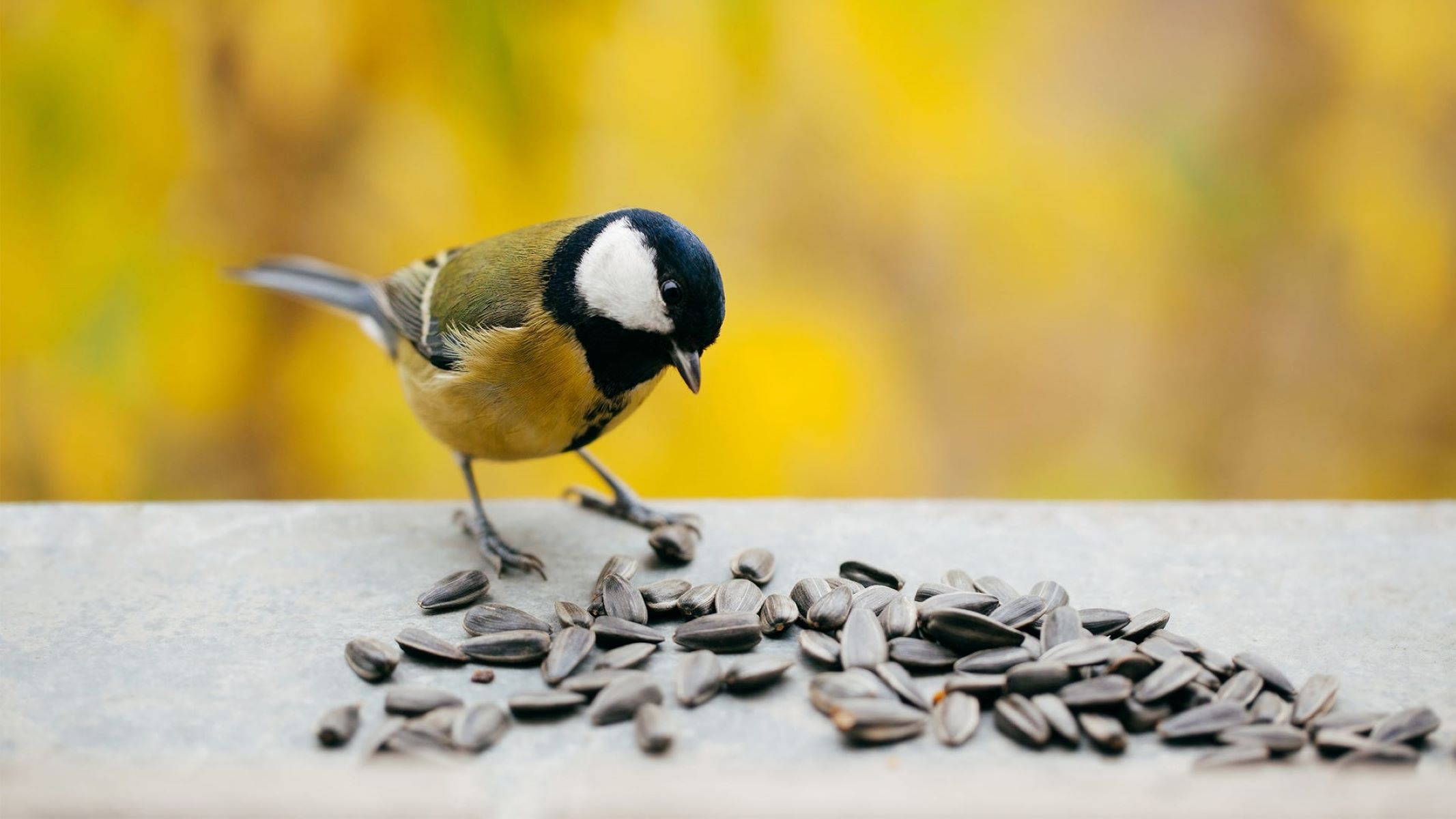
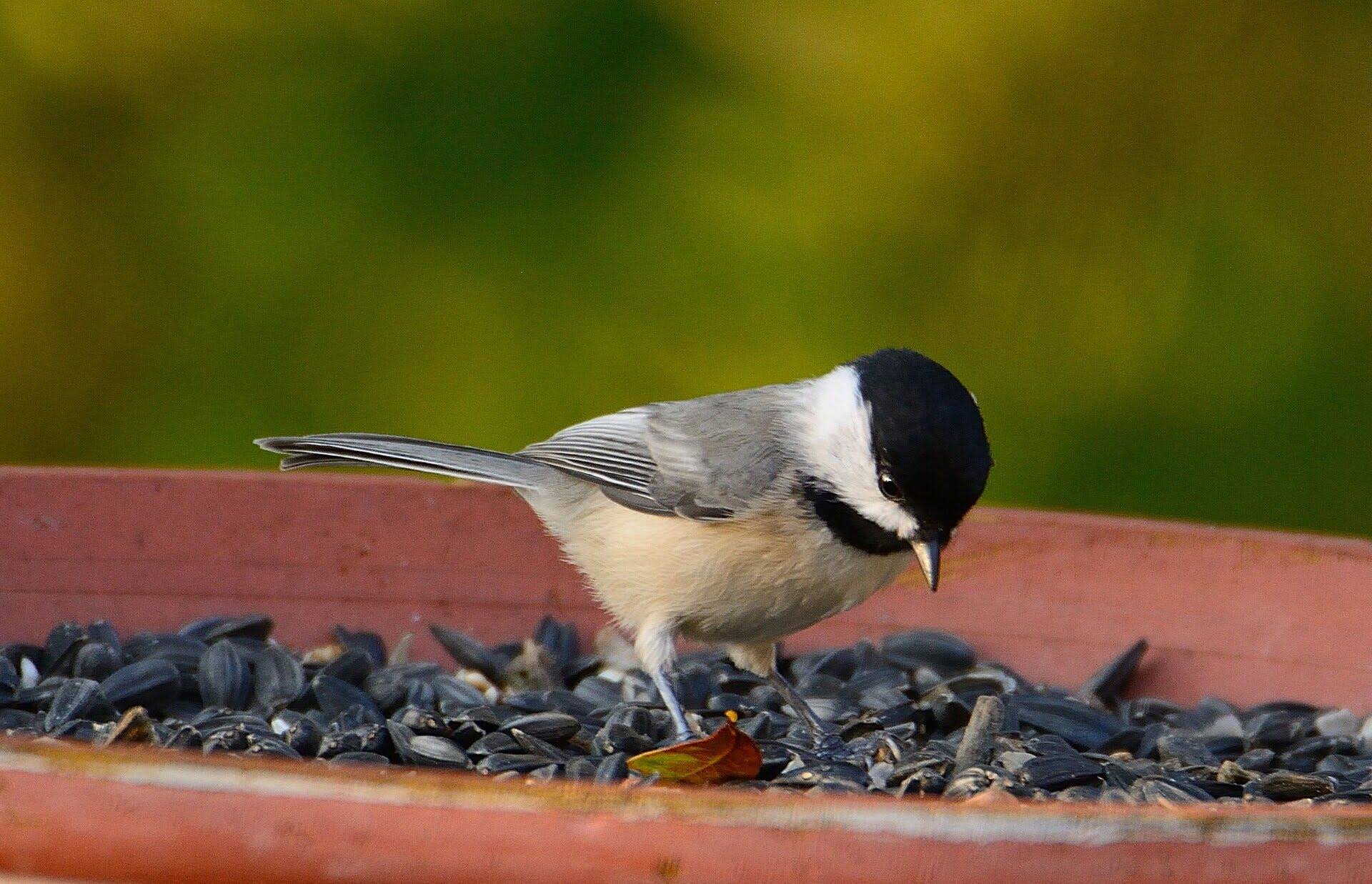
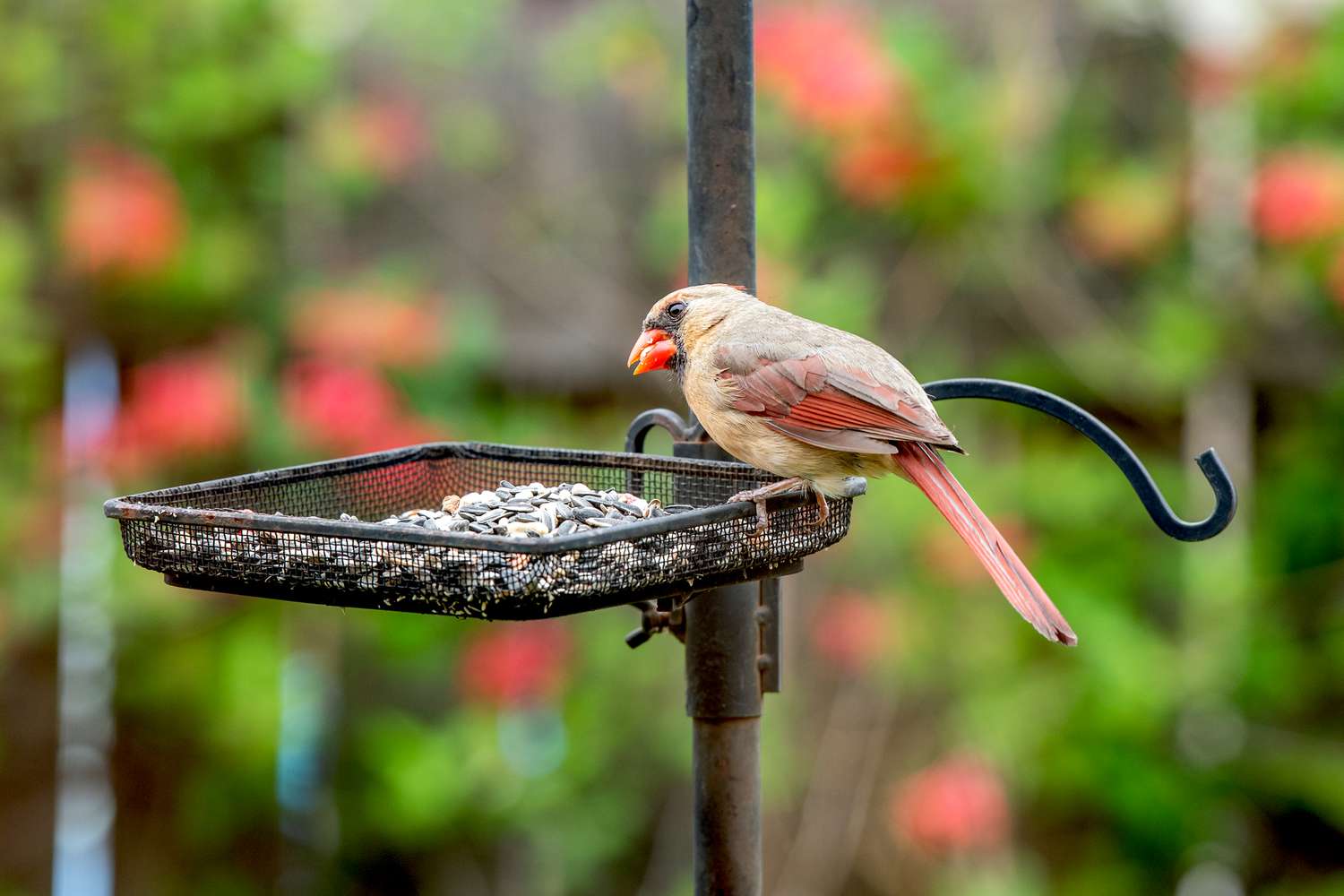
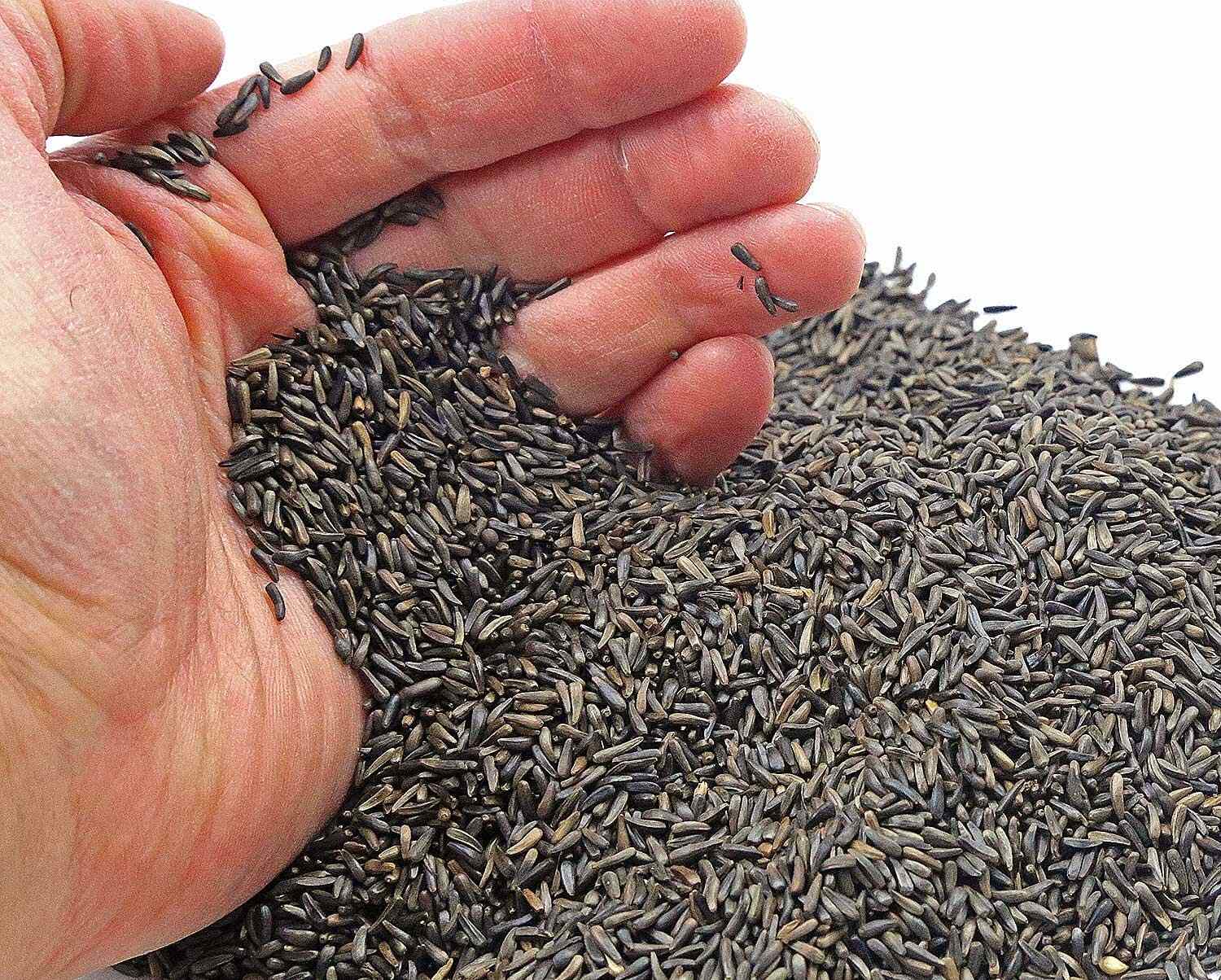
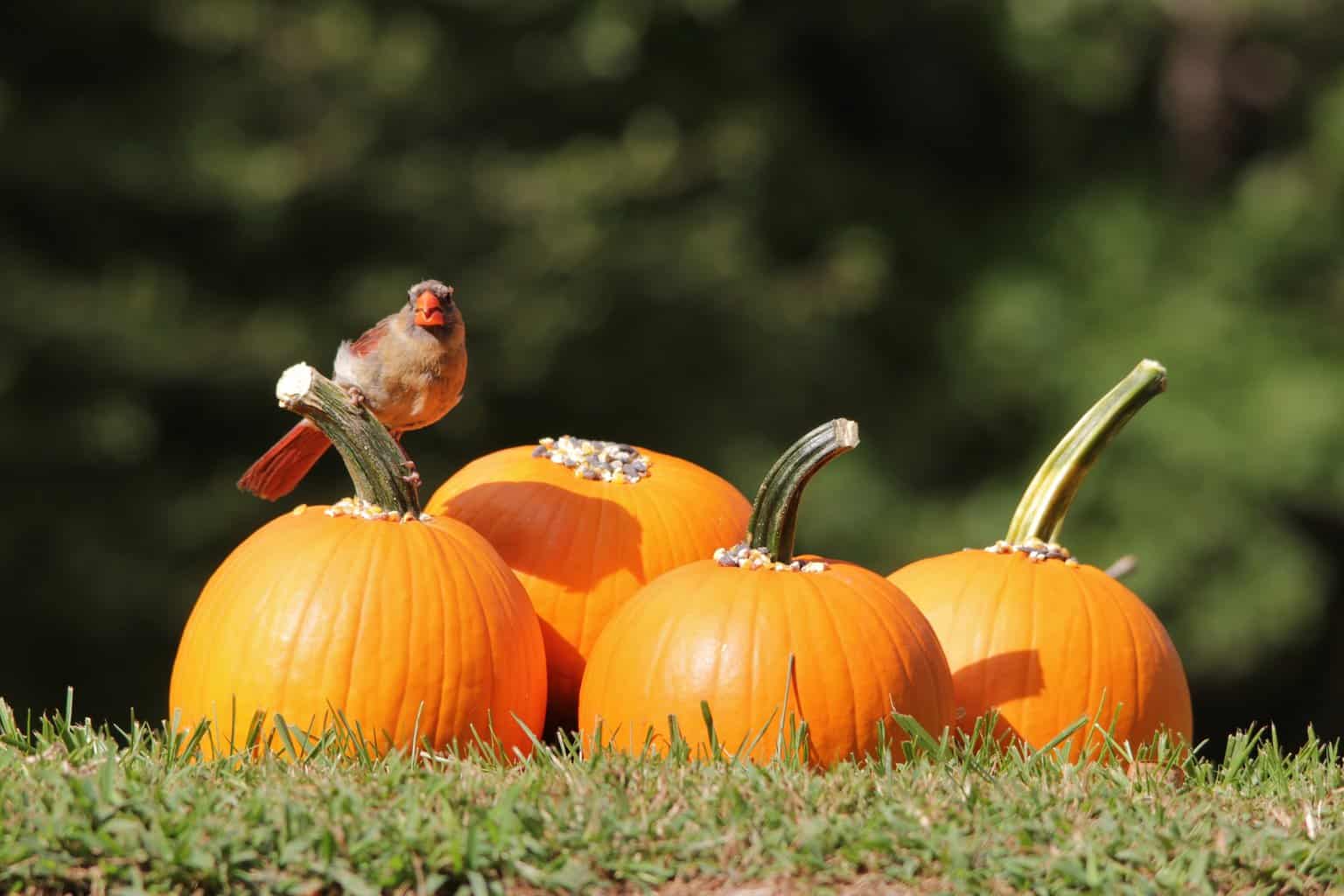
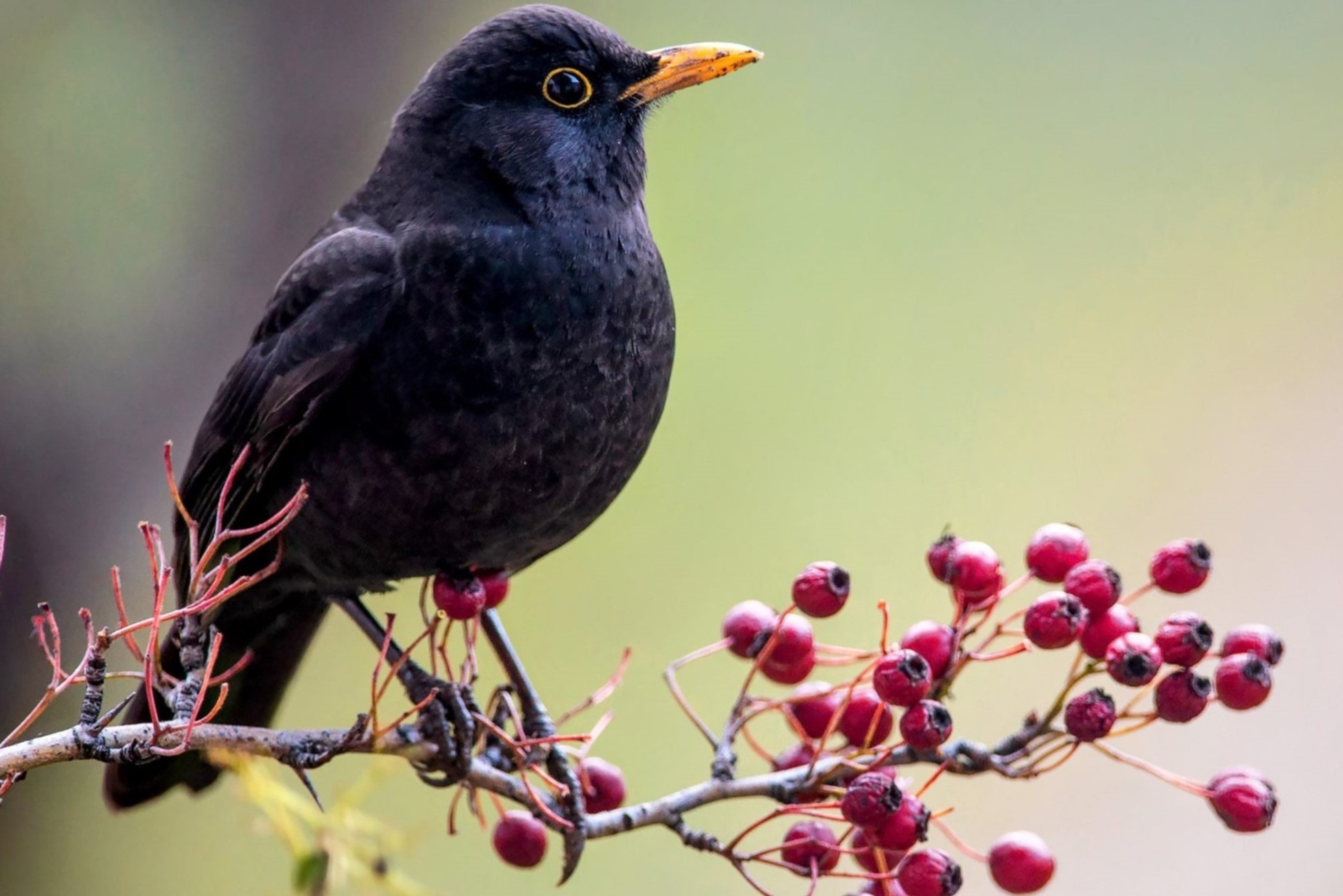
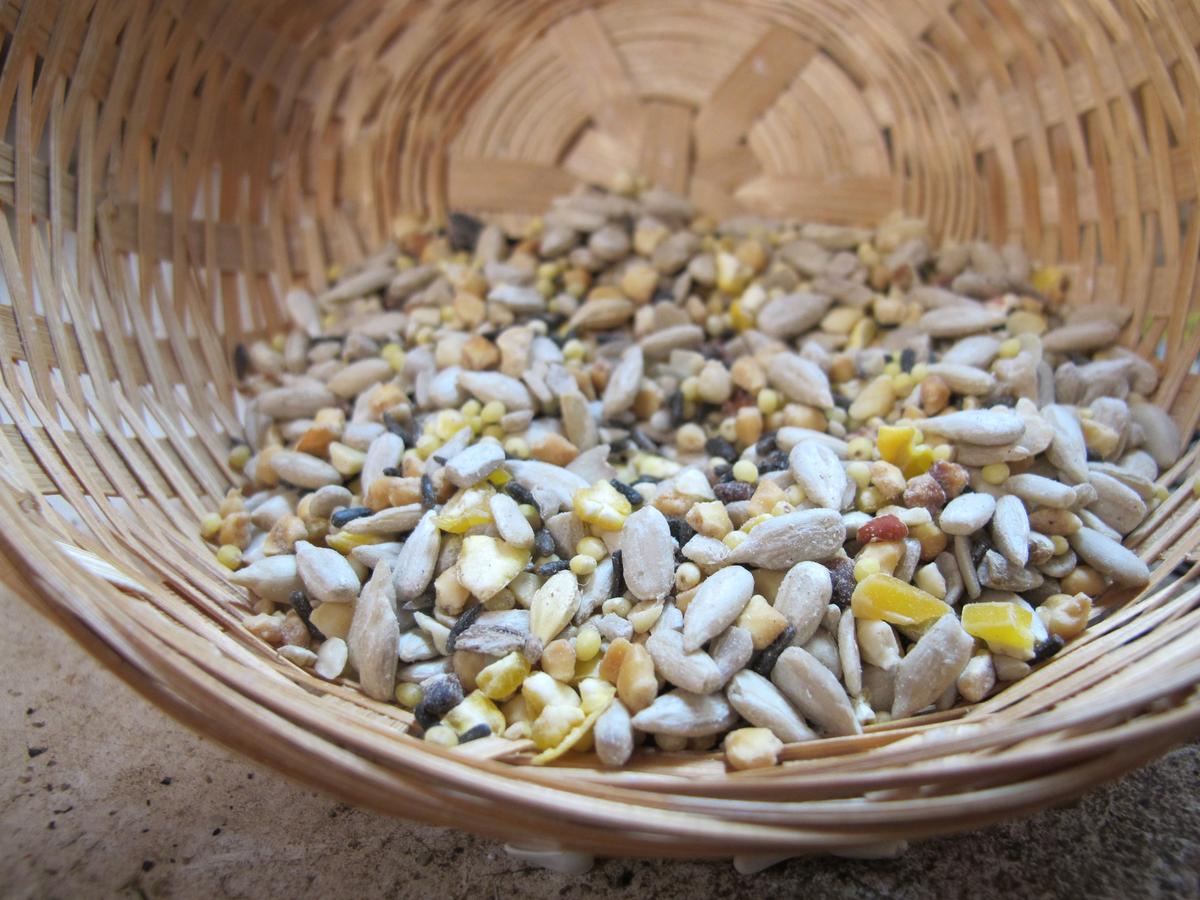
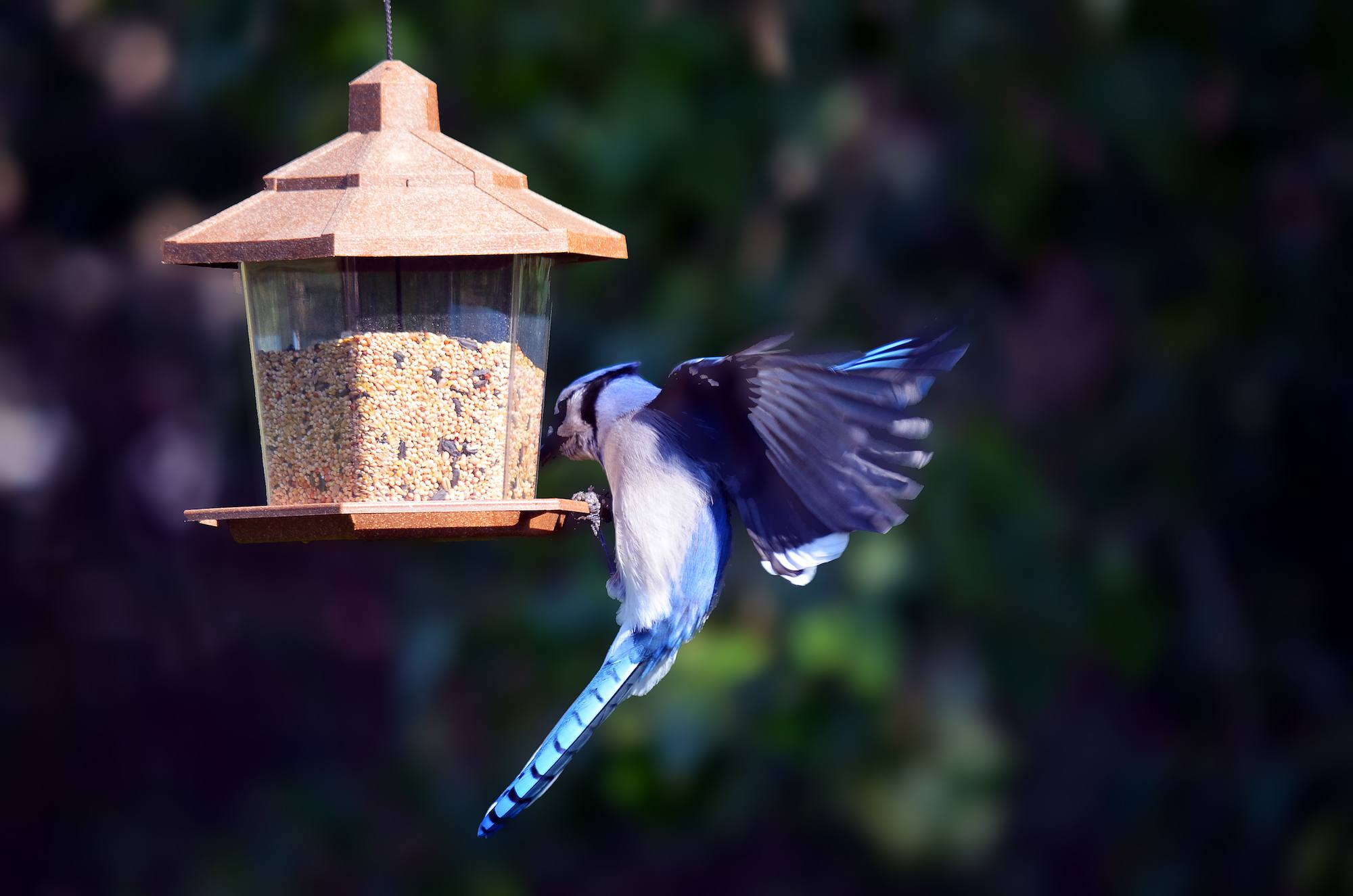
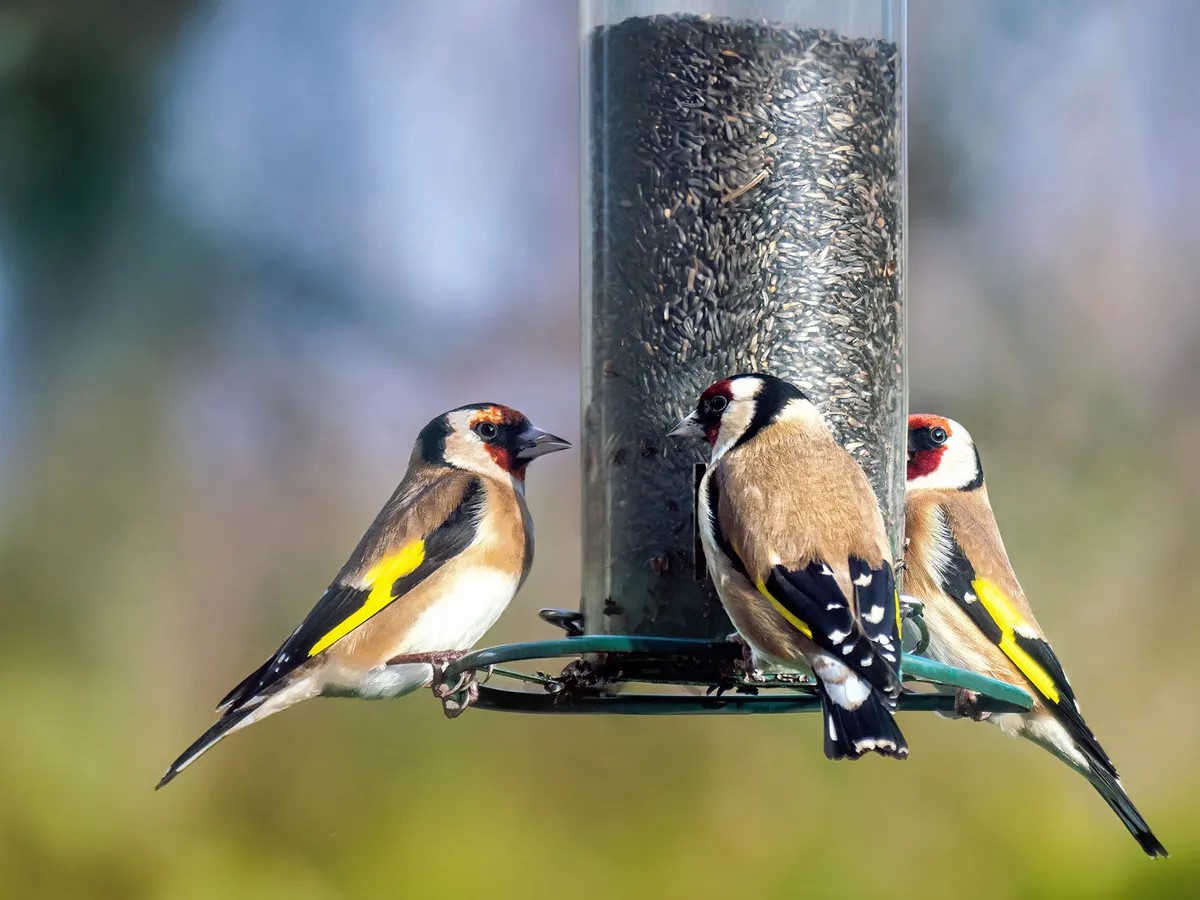
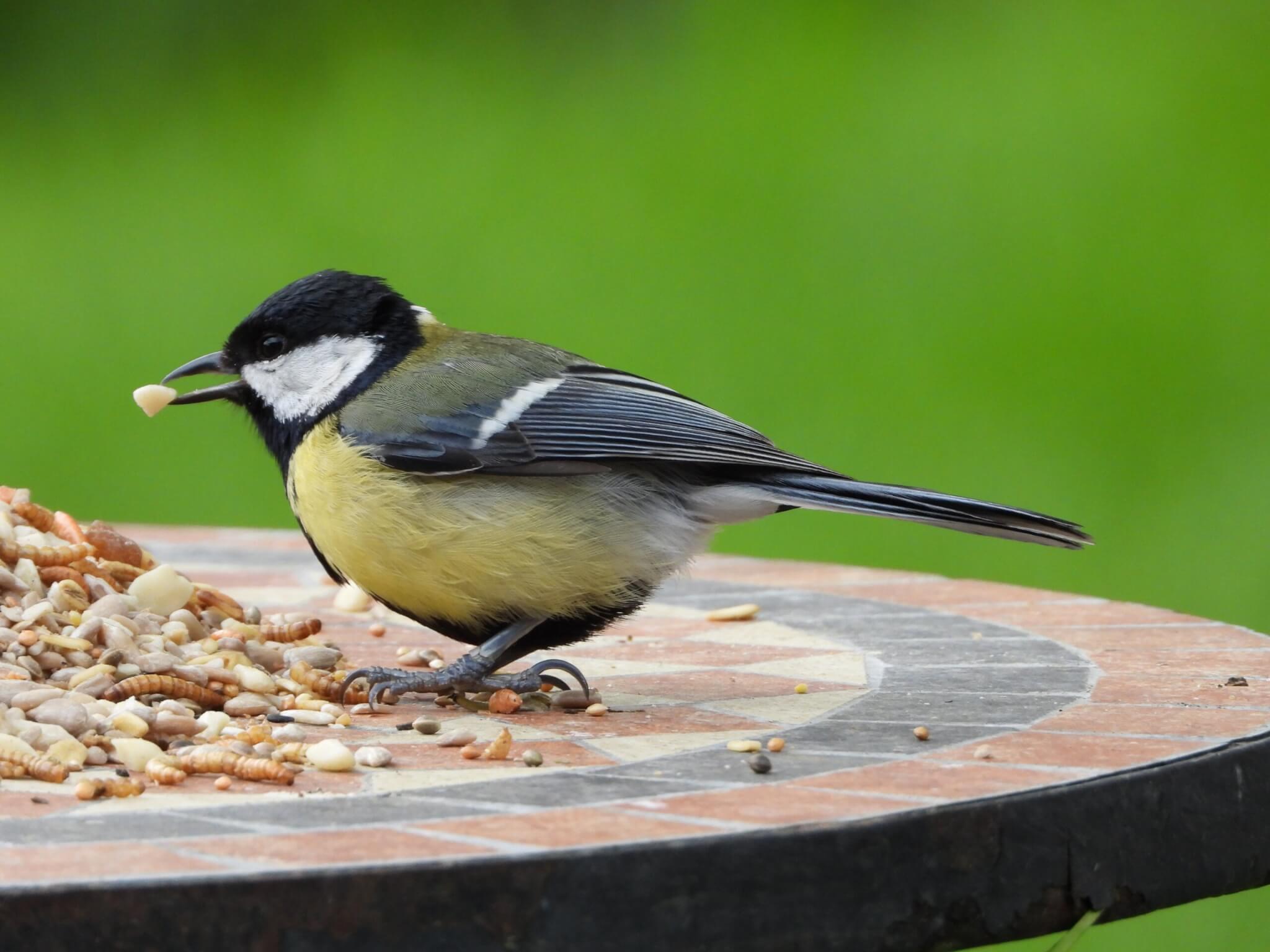
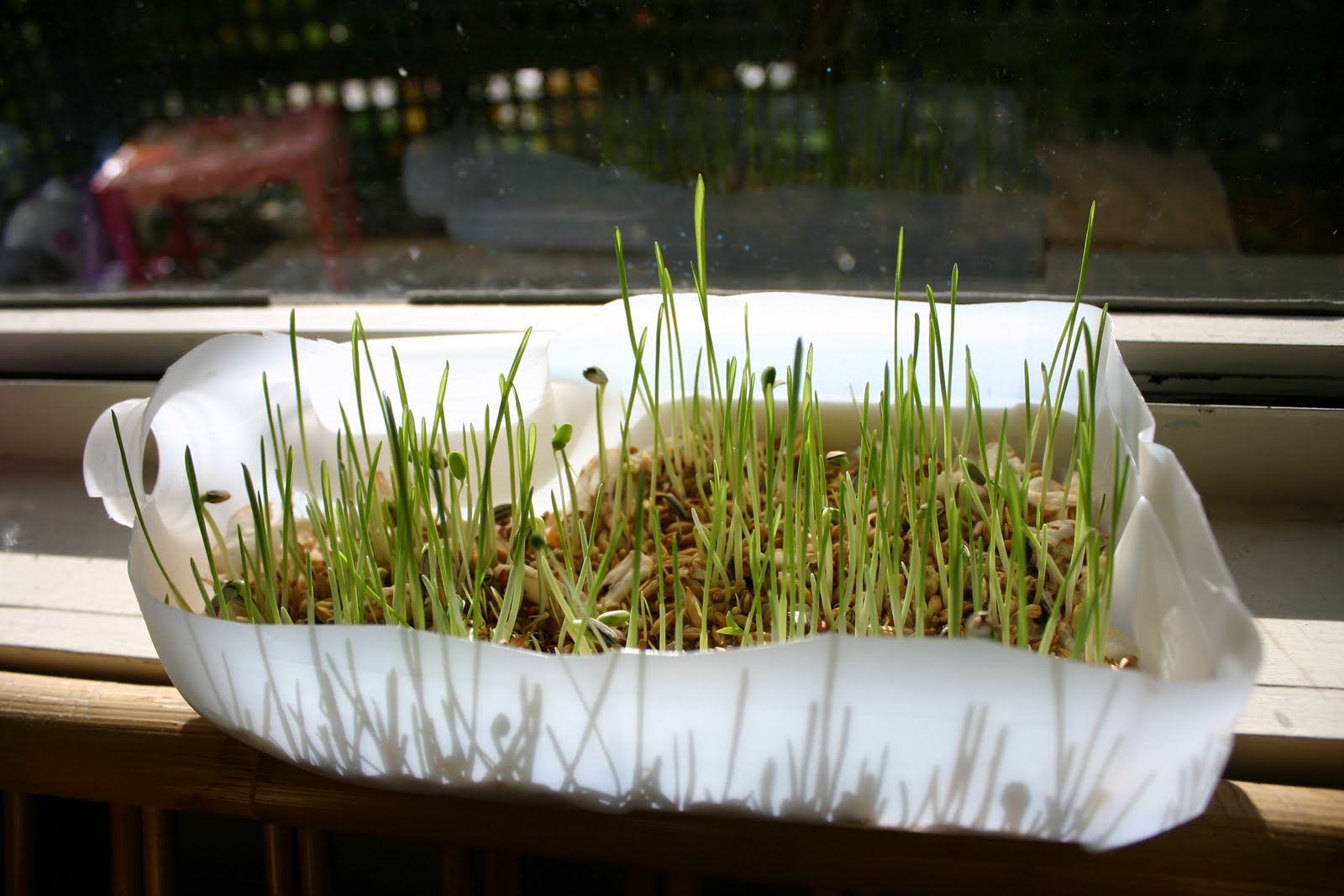
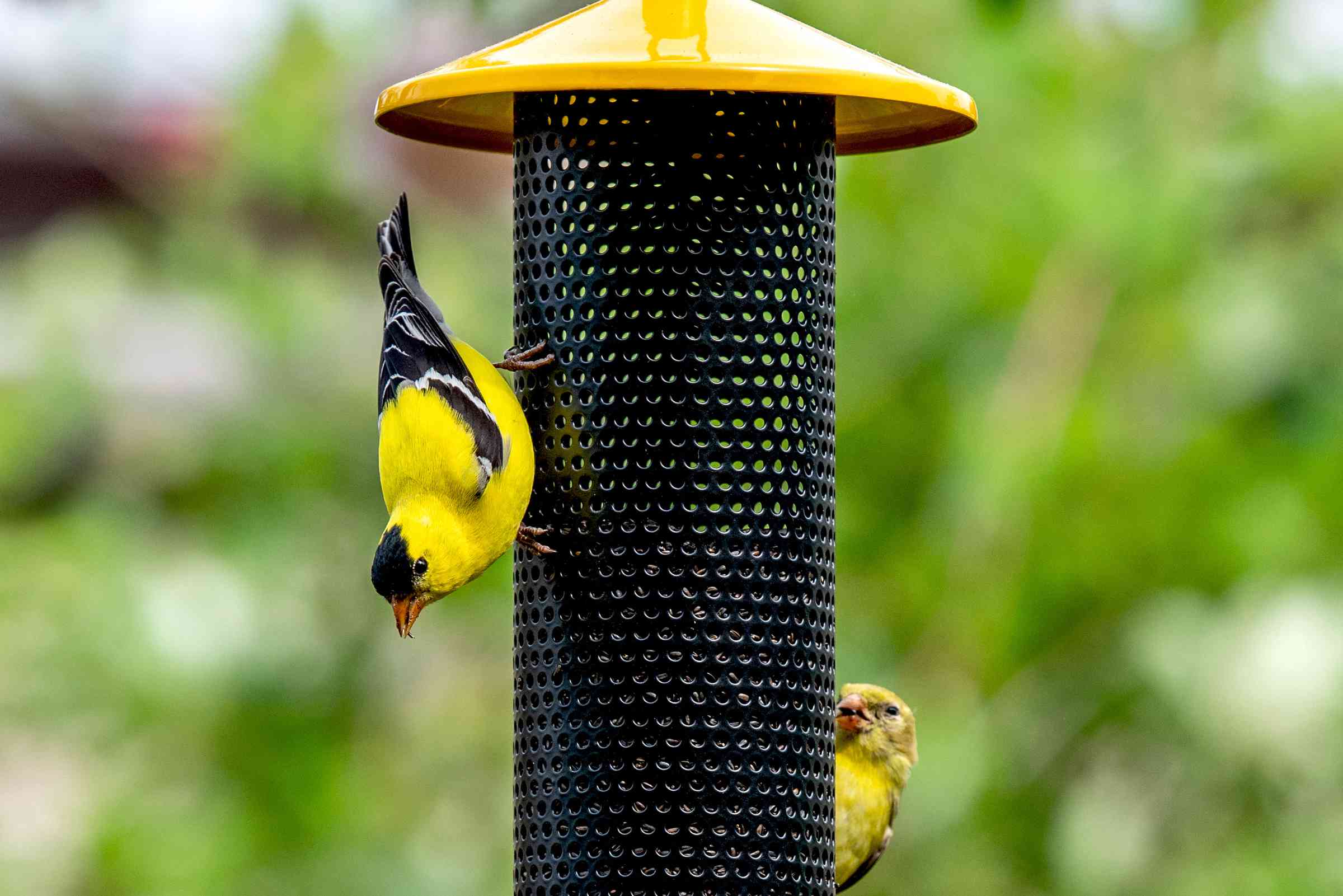
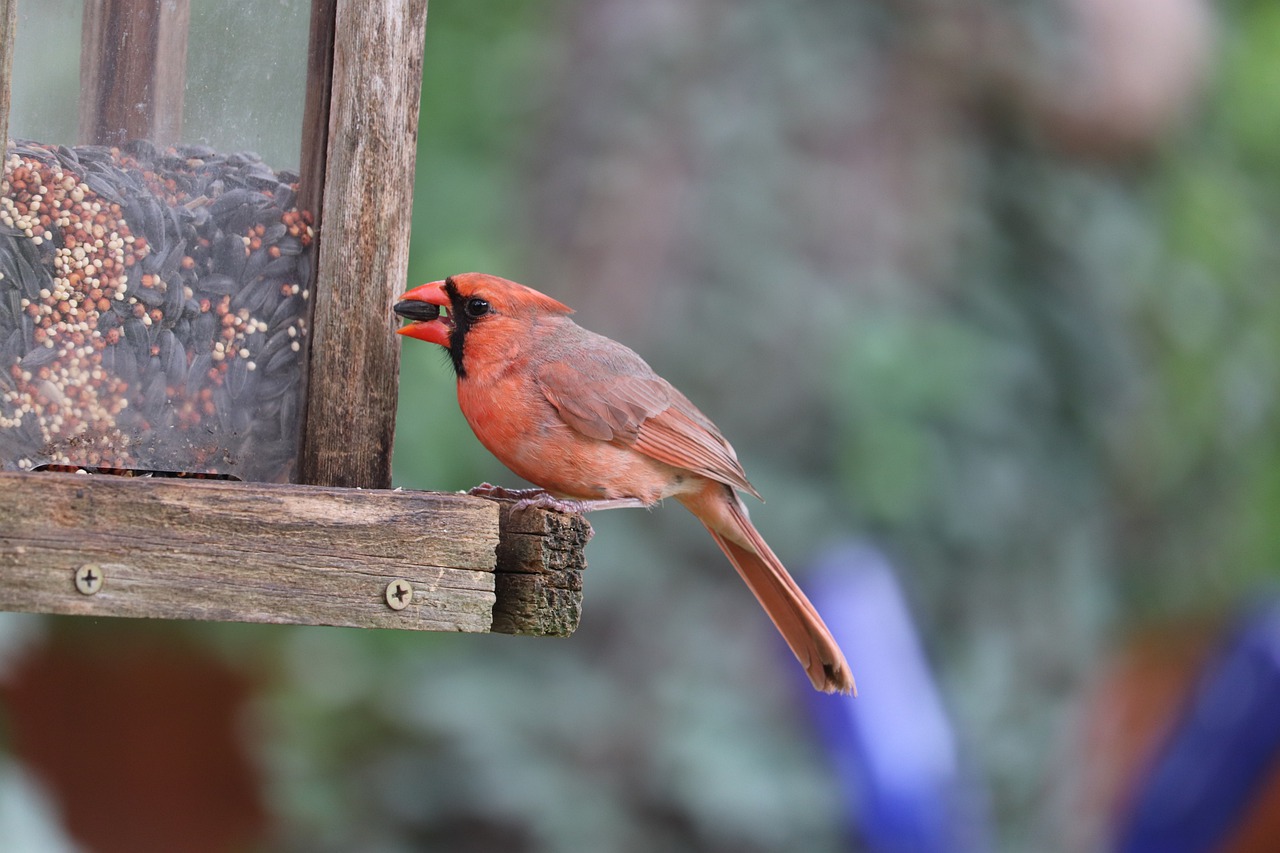

0 thoughts on “What To Do With Wet Bird Seed”